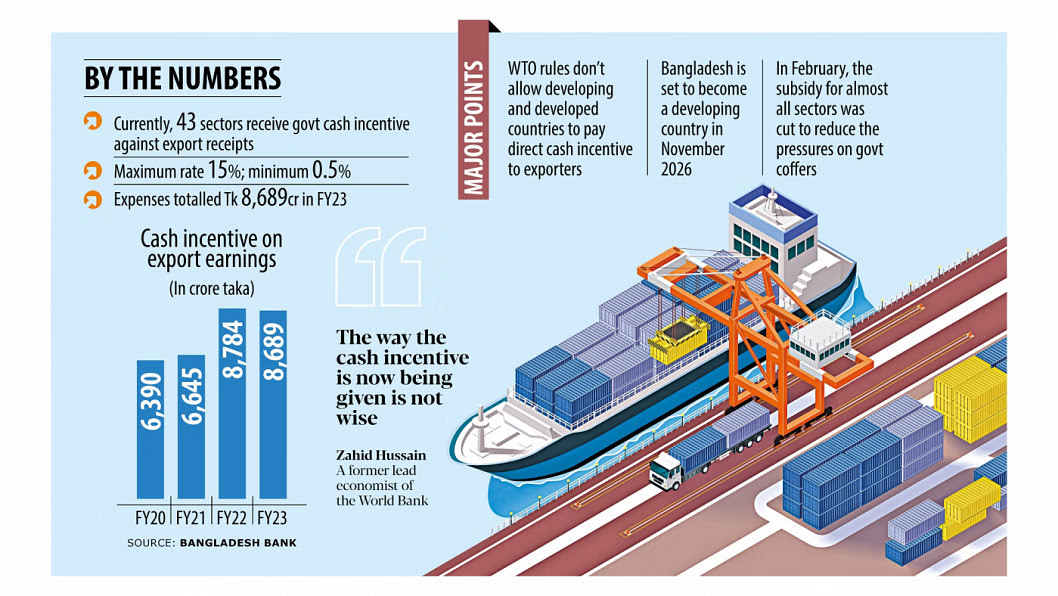Although Bangladesh’s major export items like apparel are not included in the CBAM, it is among 63 sub-sectors identified sectors with risk of carbon leakage
Local apparel exports to the European Union (EU) markets may face double-edged challenges after the country’s LDC graduation which will be a loss of duty benefits and the likely introduction of carbon border adjustment mechanism (CBAM) by then, said a research report.
The EU has moved to impose the carbon tax initially in five sectors — cement, iron and steel, aluminium, fertilizer and electricity — from January next year as part of its long-term initiative, known as EU’s Green Deal to transform into a carbon-neutral economy by 2050.
Although Bangladesh’s major export items like apparel, leather and footwear are not included in the CBAM initially — these are among the 63 sub-sectors that are identified as sectors with a risk of carbon leakage and the EU might include these later on, according to the joint findings by Research and Policy Integration for Development and Friedrich-Ebert-Stiftung (FES) Bangladesh.
During the transition period of 2023-25, the EU importers will have to report emissions embedded in their goods without paying any financial compensation, it said, adding that from 2026 onwards they have to pay for CBAM certificates.
If non-EU exporters establish a carbon market, the corresponding cost will be deducted from the total CBAM charges, it added.
A carbon price of $28 per tonne of CO2 on imports is equal to a 2% import tariff.
Meanwhile, Bangladesh’s major comparators have either already established or are in the process of developing carbon markets locally, according to the research paper.
China launched its carbon market in 2021 while Vietnam and India are in the process of establishing their internal carbon market. Vietnam wants to formally launch its carbon market in 2028.
The 8th five year plan of Bangladesh aims to introduce green taxation on the consumption of fossil fuels but there is no clear directive how this would be implemented, added the paper.
Therefore, the CBAM can disproportionately affect Bangladesh relative to other comparators, it said, adding though Bangladesh is one of the least carbon emitters, the emission rising sharply.
The paper, however, made a number of recommendations including required measures and their implementation to reduce carbon emission and initiatives to establish a carbon market.
Other suggestions included ensuring sustainable production practices of the exporting firms, adopting ESG (environmental, social and governance) compliances. It said local RMG’s future performance will largely be dependent on ESG compliance.
With many green garment factories, Bangladesh has already taken a considerable stride forward. However, several additional ESG challenges like excessive water usage, weak labour standards and inadequate waste management might continue to harm export prospects.
While the country’s RMG sector is under scrutiny, ESG standards for other sectors whether in the import competing or export-oriented sectors are considered to be much worse, it noted.
















